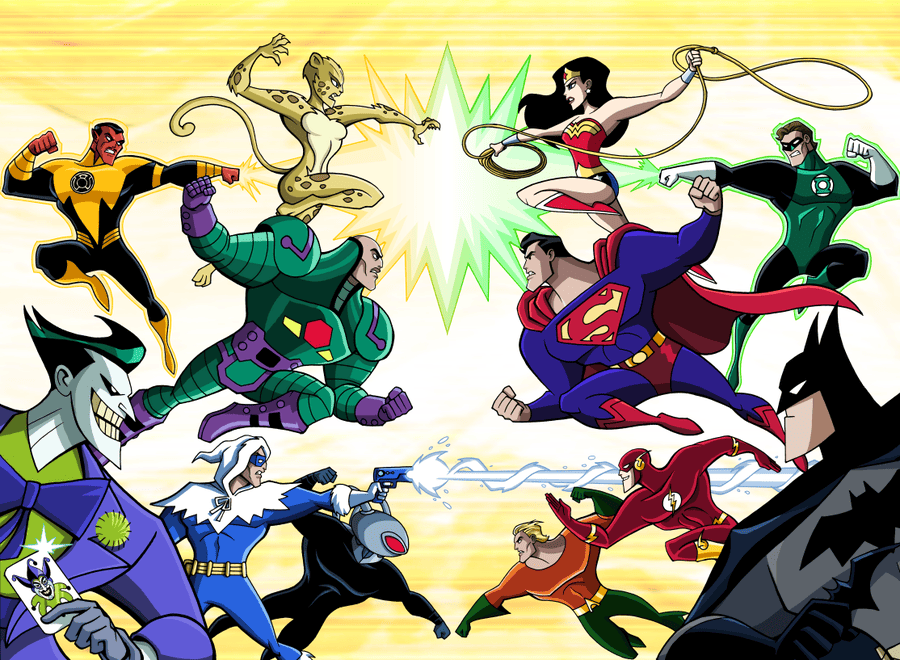
Who’s the writer?!
Ok, take a deep breath and let’s look at this objectively instead of emotionally. Yes, you have worked hard on writing the course or manual. You take pride in your work, but you are a writer not an editor. The editor is not there to change every word you write or to question every paragraph. He is there to make your writing better, make valuable suggestions for improvement, and to protect the company’s reputation for quality.
Proofread
In my post You Are Not Alone – Fully Utilizing Your Team I provided some tips on working with editors. I would like to expand on one of those tips; proofread your work before giving it to the editor. Before you provide your work to your editor, make sure that you have reviewed it. If you catch the simple stuff then the editor can concentrate on the meat of the writing.
- Run the spell check tool to catch any obvious spelling and grammatical errors.
- Reread the entire deliverable; one sentence at a time, one word at a time to make sure it makes sense.
- Look at the formatting of every page. Make sure it is consistent and there are correct headers and footers.
- Make sure page, section, and chapter numbers are consecutive.
I strongly recommend that either you or your company adopt an Editing Checklist to ensure that all projects receive consistent and thorough editing. Here is an Editing Checklist you can download if you do not have one.
Before giving the project to your editor, go through the Editing Checklist yourself.
Edit Levels
Not all projects require an in-depth edit, especially if it is a revision of a draft the client has reviewed or updates to an existing manual or course.
When you provide the project to the editor, make sure that you state what level of edit is required and make sure that you provide adequate time for the editing process. Here are some guidelines:
| Edit Type | Time Estimate | Description |
| Light Edit | 8 pages per hour | Usually used as a final review of the project materials. It includes typical proofreading, conformance to style guidelines, and checking for errors in headings, tables, figures, and references, plus basic grammar and punctuation errors. The text is skimmed. |
| Medium Edit | 4 pages per hour | Usually used as a first review of the project materials. It includes everything from the Light Edit, word usage errors, overly complex sentence structure, and overly complex (long) procedures. Every word is read. |
| Heavy Edit | 1 page per hour | Rarely used. It includes everything from Medium Edit, plus rewriting to improve sentence and paragraph structure, and overall document organization. |
| Online Learning / Help | 4 screens per hour | Includes a Medium Edit plus usability, functionality, and special requirements checking. |
Final Word on Editors
Editors are Superheroes. They make your writing the best it can be. Develope a collaborative relationship with them so that the final project is a result of a team effort and not a one-man-show.
The editor is not your archenemy. If you do not agree with a change that your editor recommends, then do not make the change. You have the final power to accept or reject the editor’s comments. However, that also means that you are responsible for that final decision. Make sure you do not let pride make the decision for you.

